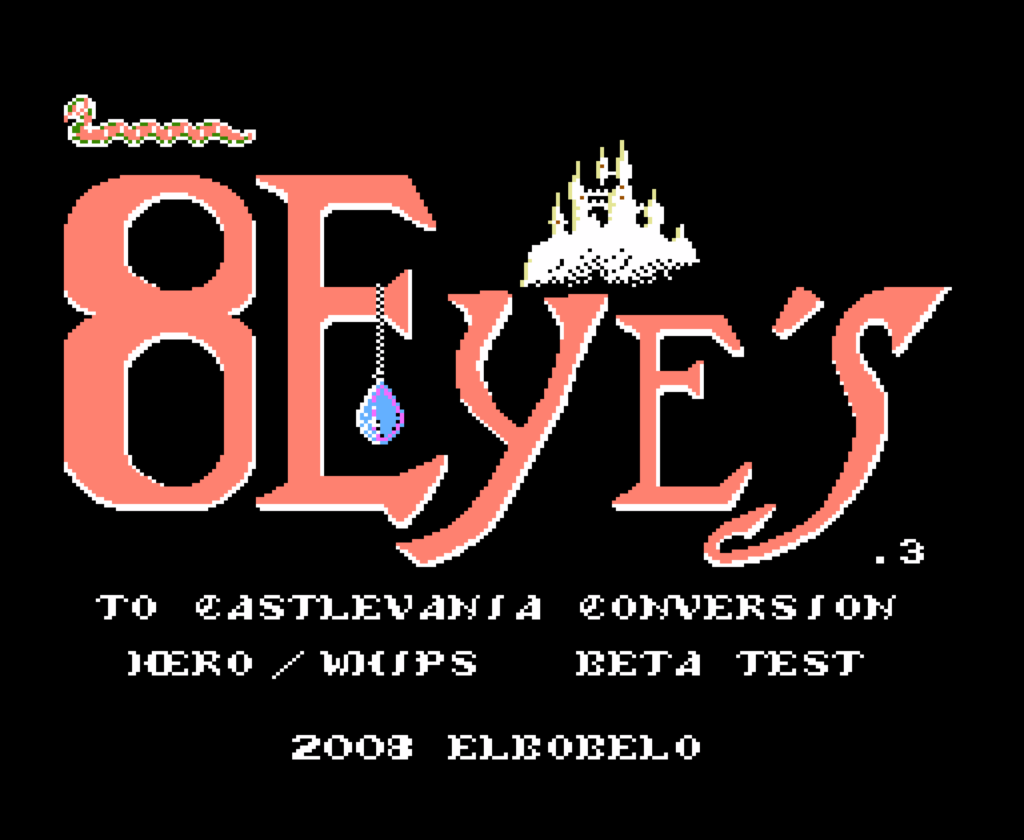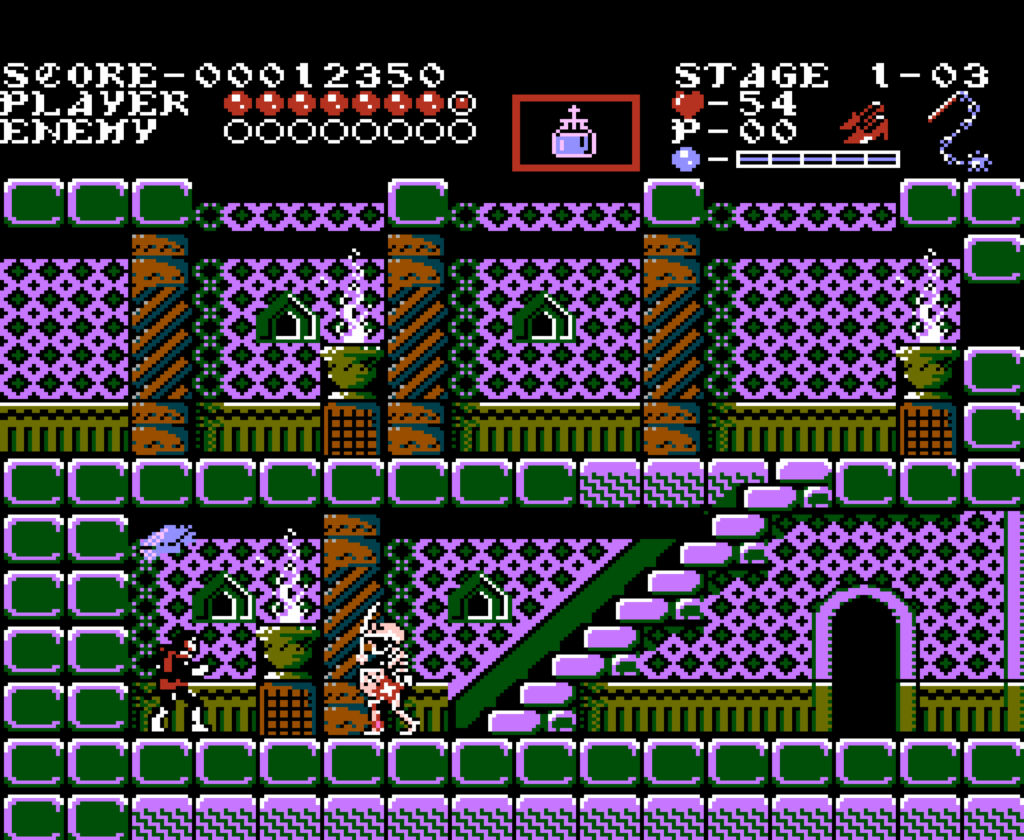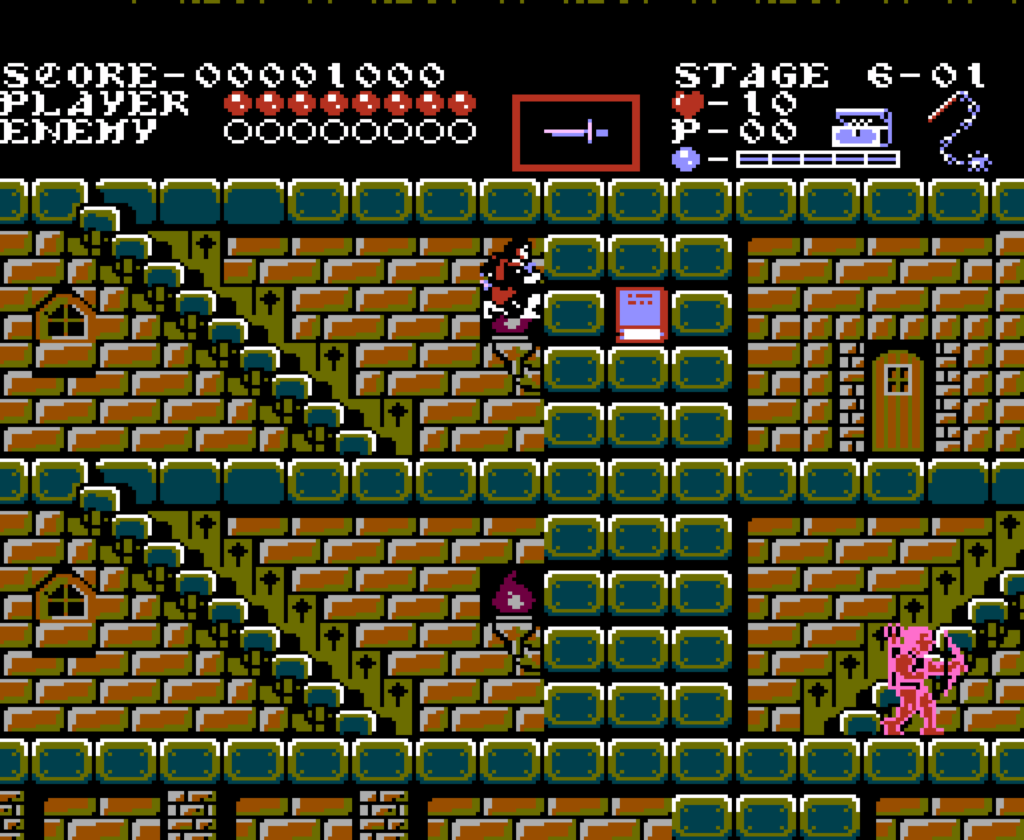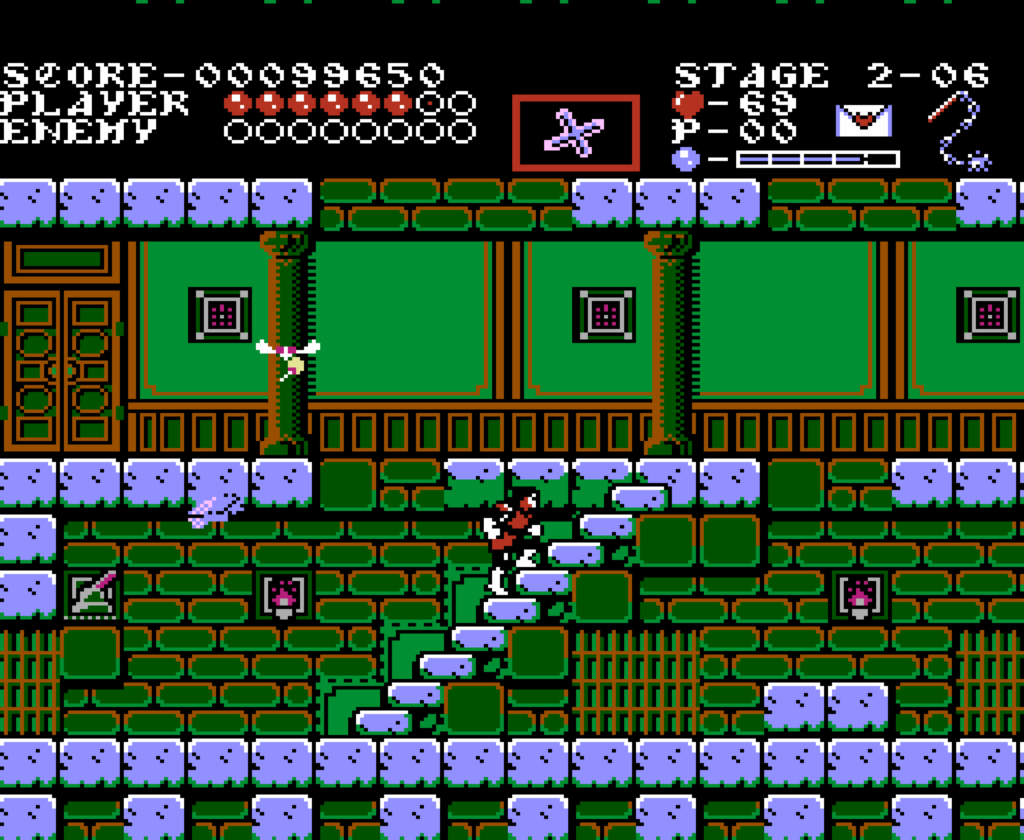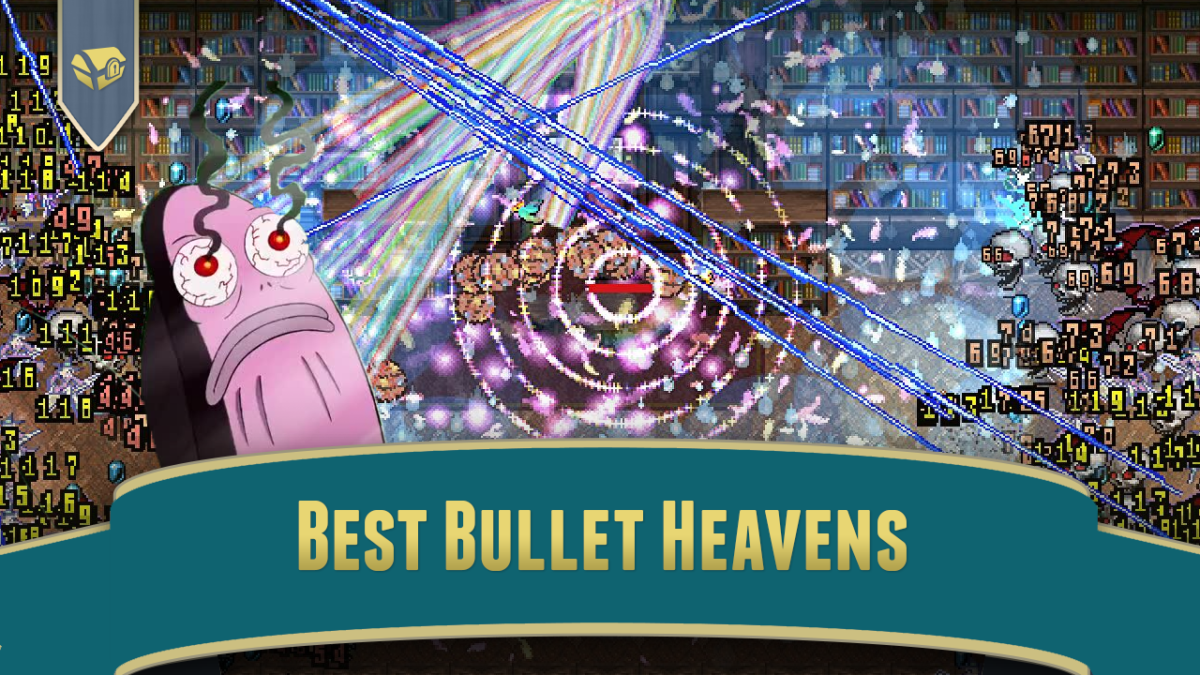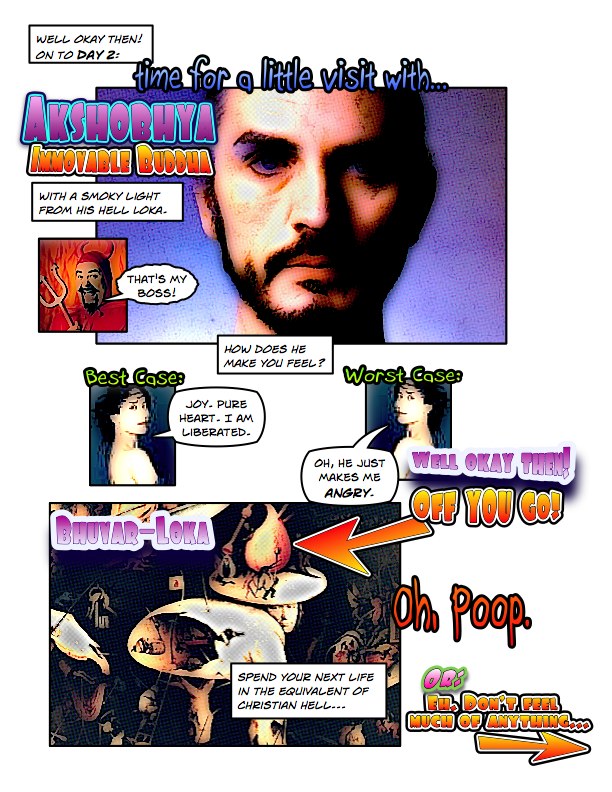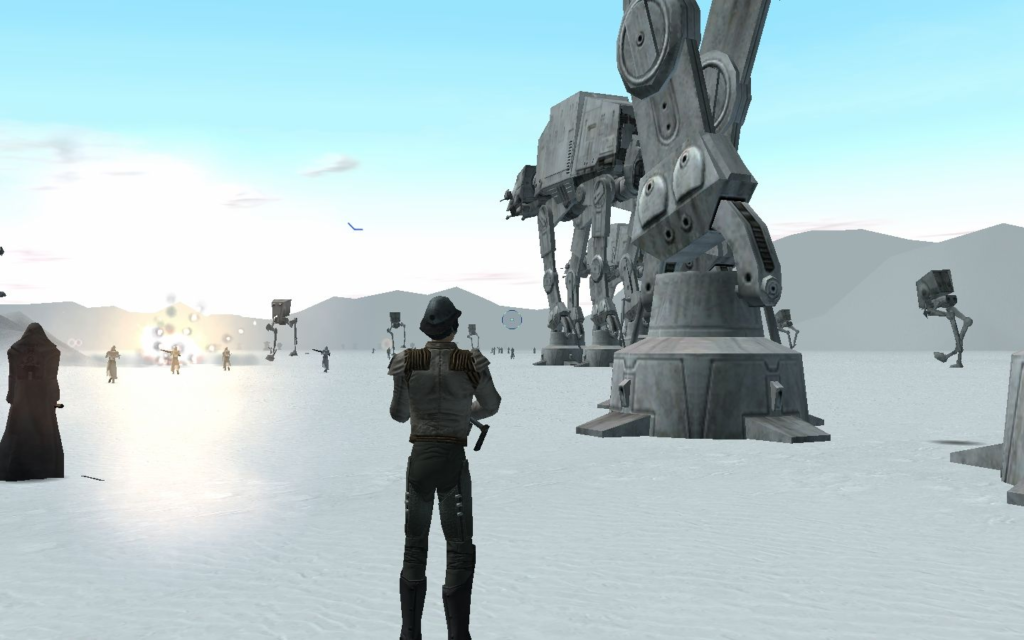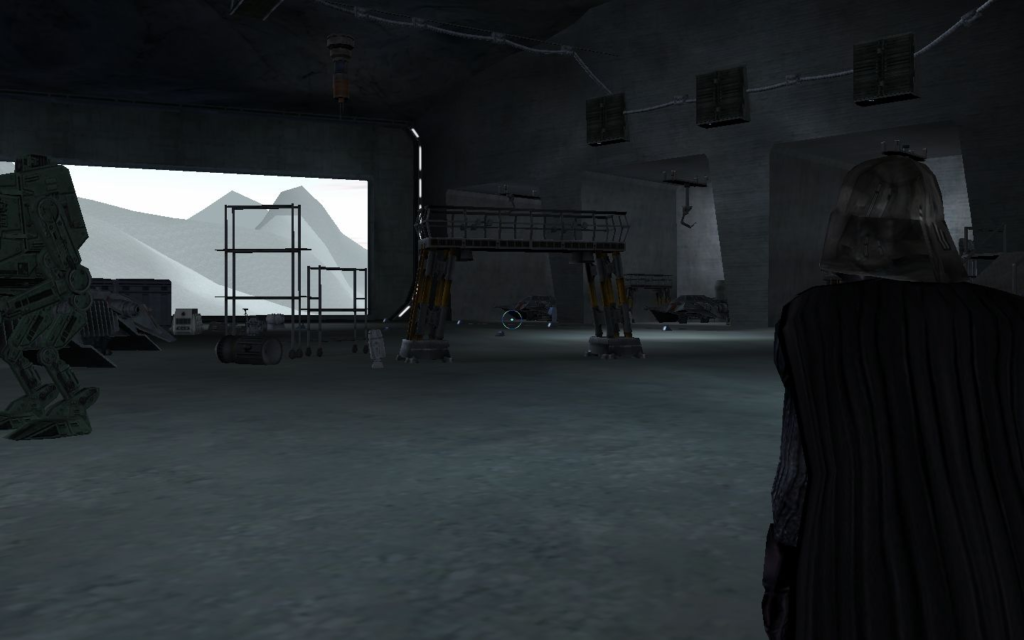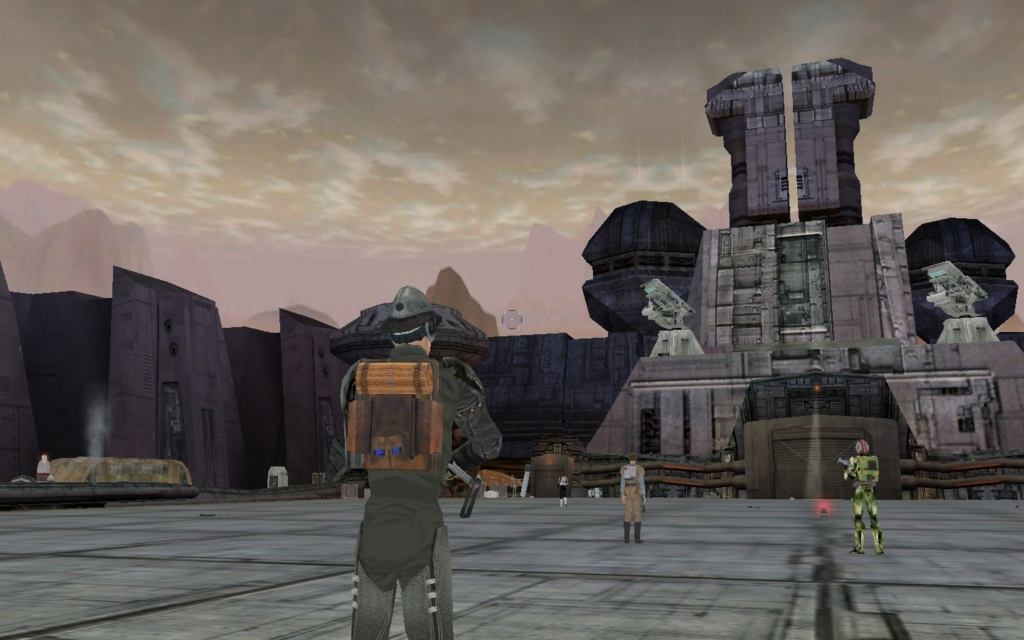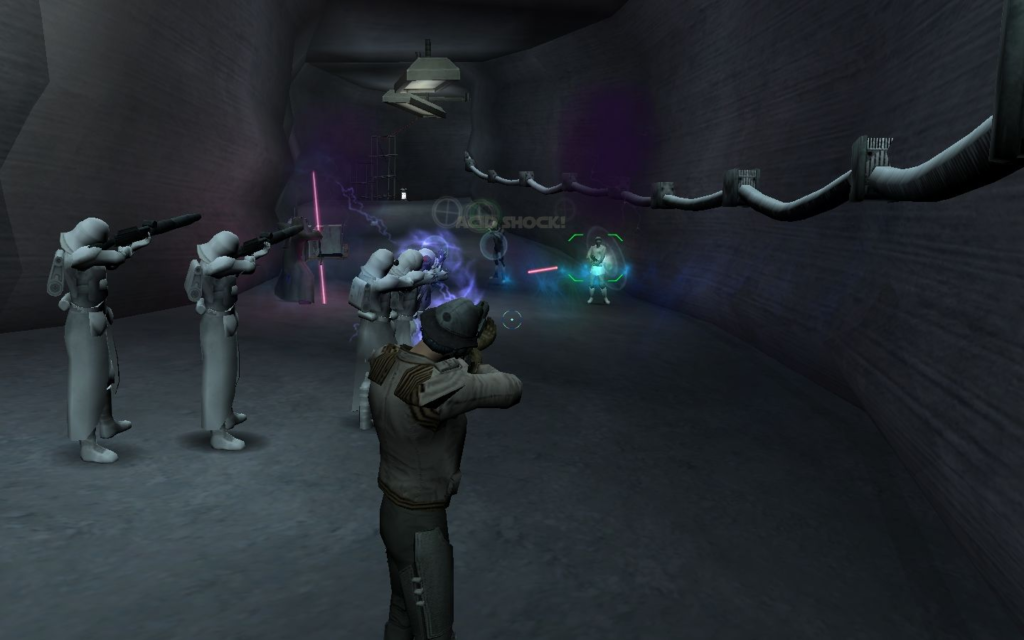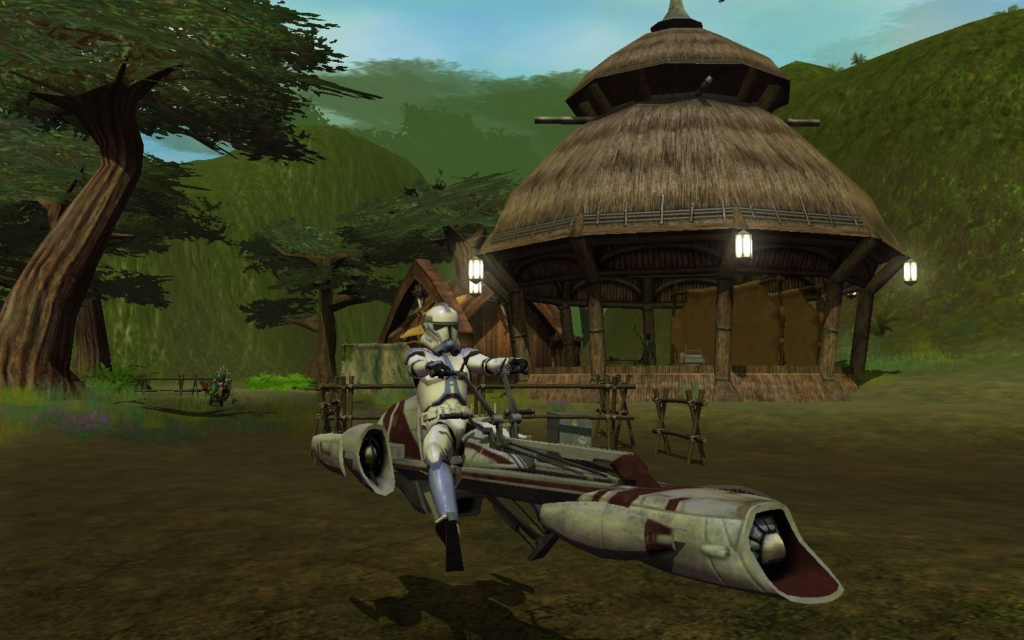The Metroidvania category continues to be an indie staple and this year saw some very interesting ones getting released and hopefully a good sign for 2023.
#3: Haak
The first of several metroidvanias that came out after being on early access, Haak delivers a combination of combat, platforming, and exploration through a stylized destroyed world. The game starts out simple enough, but it does get quite difficult near the end. There are multiple endings, secrets, lots of collectibles, and bonus quests to find in it.
What keeps it from getting higher is that the game tended to rely a bit too much on having to find secrets and hidden stuff to stand a chance, especially at two bosses near the end that spike in difficulty. If you’re looking for a challenging metroidvania, this is a very solid example.
#2: Dungeon Munchies
Even longer on early access and finally out, Dungeon Munchies comes with a lot of variety and charm. What starts out as you coming back to life to learn to cook food from a master necromancer/chef, turns into an ever-escalating journey into this strange world with a lot of heart, soul, and food to uncover. The game takes a lot of interesting turns that no one will really expect where it all leads, and still manages to keep its heart until the very end. Using your food items as a source of customizable buff lists is a different take. What stops it from getting higher is that it did feel janky in spots, and some of the metroidvania progression felt forced.
I hope we see more from the universe as there is a lot more stories to tell and food to make.
#1: Haiku the Robot
Haiku the Robot is a solid metroidvania with inspiration heavily from Hollow Knight while still carving out its own unique take. In a world where humanity is gone and there are nothing but robots around, when a strange corruption starts spreading, it’s up to Haiku to figure out what’s going on.
This is just an all-around great take on the design — controls feel solid, upgrades substantial, and there are plenty of secrets and collectibles to find. If you’re someone who is itching for Silksong and that style of metroidvania, don’t sleep on Haiku.

Owner of Game Wisdom with more than a decade of experience writing and talking about game design and the industry. I’m also the author of the “Game Design Deep Dive” series and “20 Essential Games to Study”



